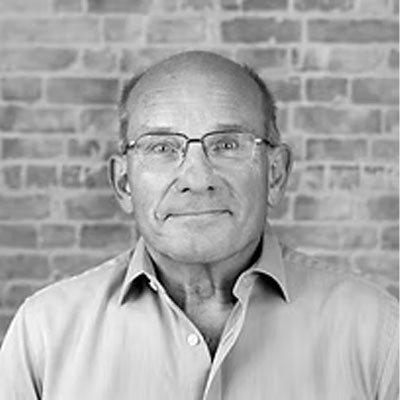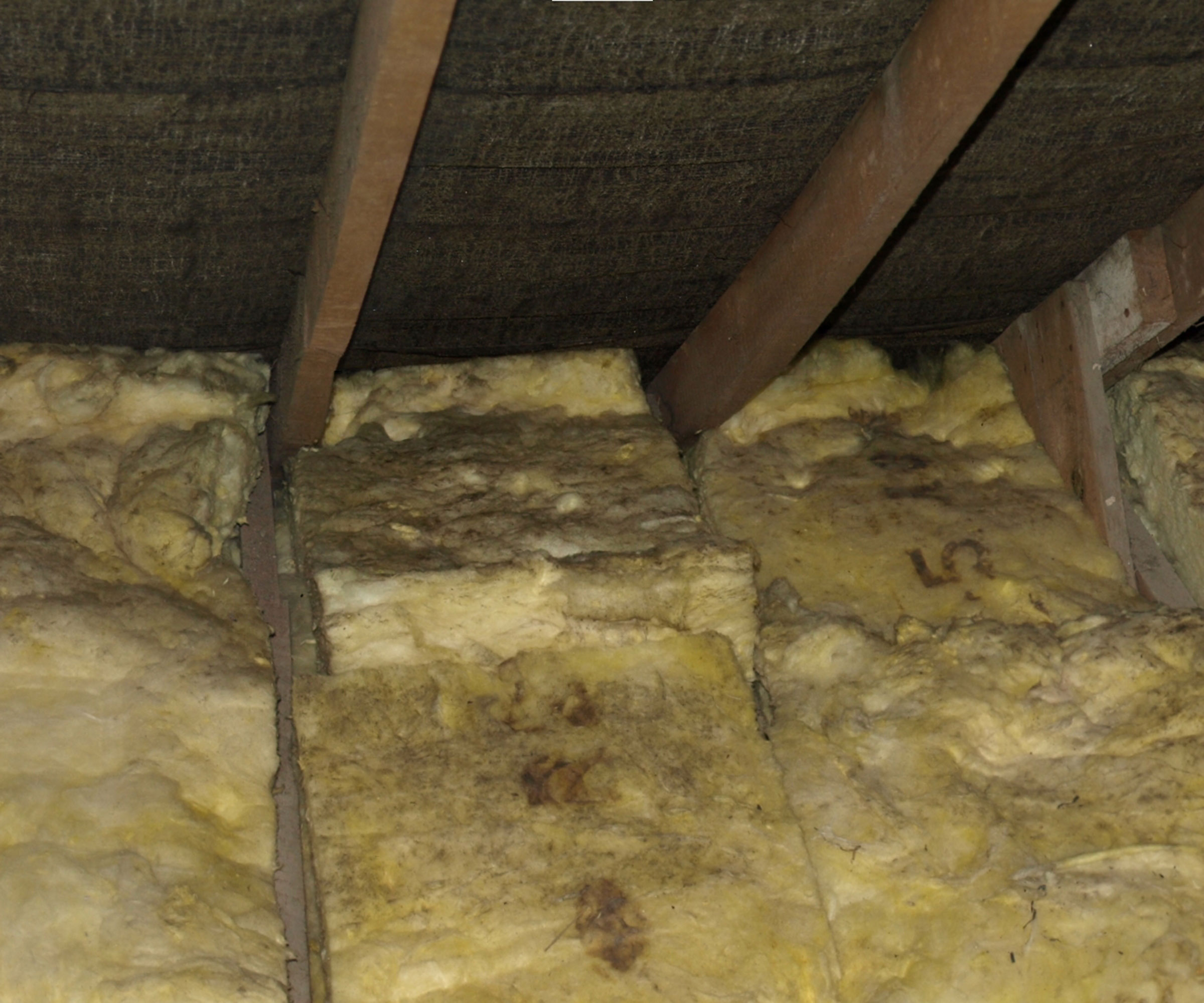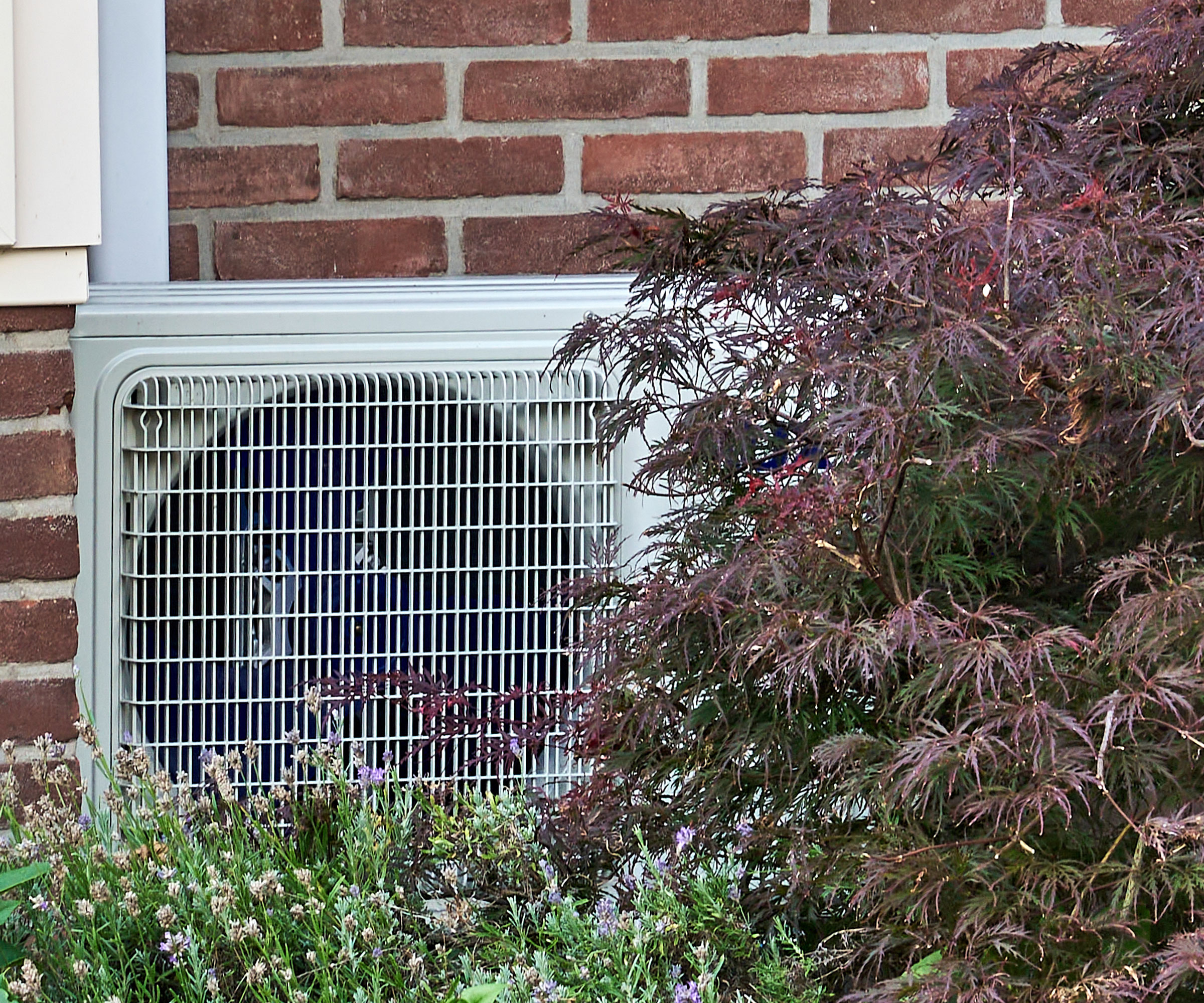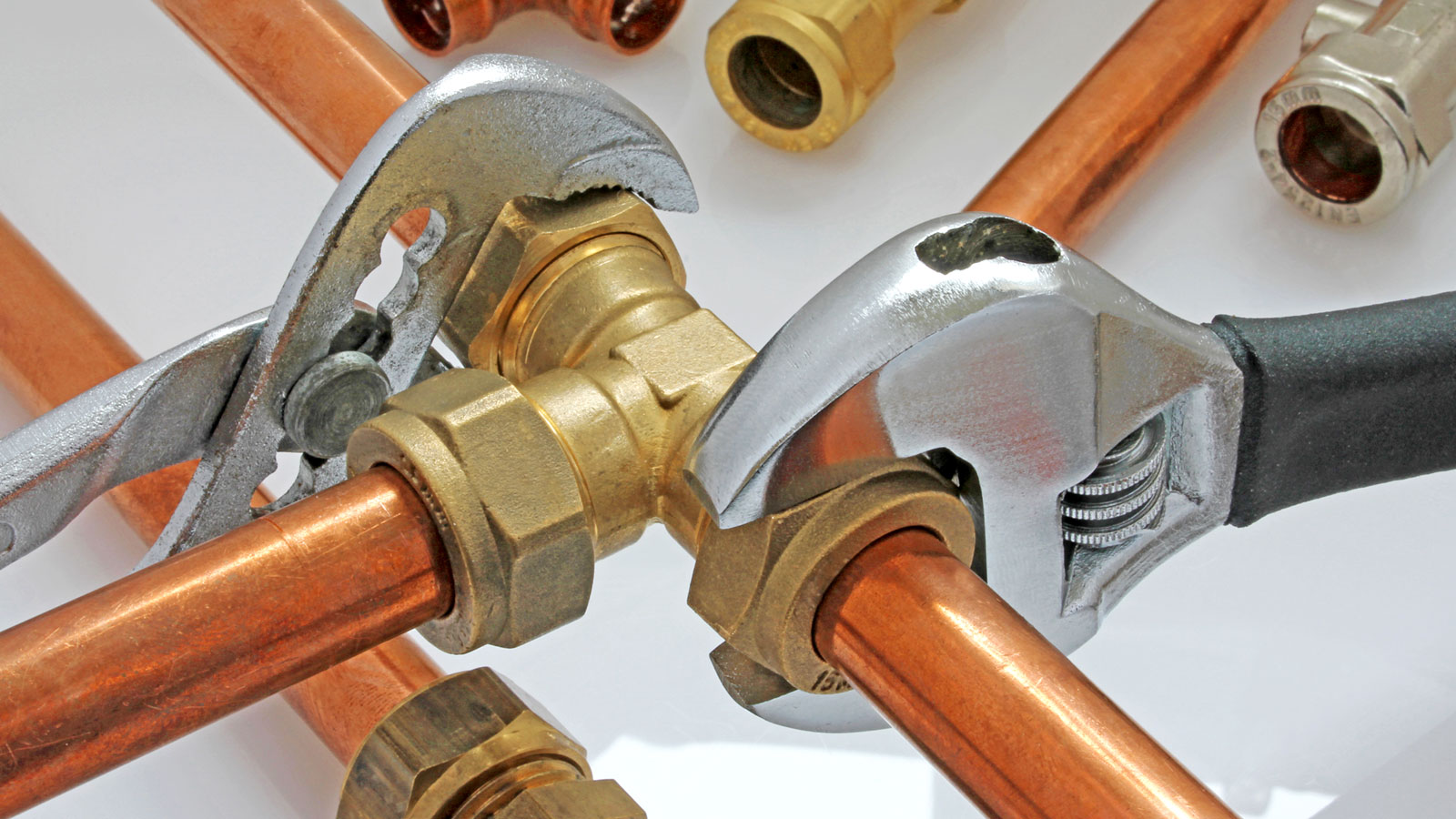The 6 heat pump problems the experts want you to know about before even thinking about installation
For all their benefits, there are some heat pump problems that it pays to be aware of – as the experts we spoke to explained

While heat pump problems are far outweighed by their many benefits, it is well worth getting to know where homeowners often run into issues with both air source heat pumps as well as ground source heat pumps to ensure you don't encounter any of the same headaches.
"Heat pump technology, when installed by an experienced engineer and with the right environment in the property, can be a fantastic investment for a more efficient heating solution for homeowners in the long term," explains Andy Farquhar, head of heat pump product management at Ideal Heating. "But there are some considerations that homeowners should take."
Our guide is here to lay out the most common heat pump problems experienced by those living with them and how to ensure your new system is nothing but a success.

Andy Farquhar is head of heat pump product management at Ideal Heating. Founded in 1906, the company are experts in boilers, heat pumps and hybrid systems.
1. Fluctuating temperatures
When the right heat pump size and system is specified from the off, there are likely to be far fewer issues later down the line, so this is a key area to focus on.
"The most common problems with heat pumps are rarely faults with the equipment itself. In almost every case, they come down to poor design or unrealistic expectations," reveals Martyn Fowler, founder of Elite Renewables. "A heat pump has to be matched to the property’s heat loss. If it’s undersized, it will work harder than it should and will struggle to maintain comfortable temperatures. That’s why you need to carry out detailed heat loss calculations before specifying a system."
"I’ve been called to systems that were undersized because the installer did not do a proper heat loss calculation," picks up Michael Zohouri, founder of Pyramid Eco. "That becomes a problem in January when the home struggles to reach target temperatures.
"Oversized systems are less noticeable to the homeowner because the house still feels warm, but the constant stopping and starting puts extra strain on the components."
Bring your dream home to life with expert advice, how to guides and design inspiration. Sign up for our newsletter and get two free tickets to a Homebuilding & Renovating Show near you.

Founder of Elite Renewables, Martyn Fowler is one of the UK's leading renewable technology experts, working with heat pumps for the last 2 decades. His passion for decarbonisation matched with a deep technical experience of the technology make him one of the industry's go-to experts for all things renewable.

Michael Zohouri is the founder of Pyramid Eco, a company dedicated to renewable energy and energy efficiency. He has extensive experience designing and installing heat pumps, improving ventilation, and upgrading insulation to make homes more efficient, comfortable, and sustainable.
2. Cold spots and higher bills
Heat pump problems are often the result of a failure to take into account the make-up of the existing property.
"I’ve walked into homes with brand-new heat pumps, but the loft insulation is still the thin layer from the 1980s," says Michael Zohouri. "A heat pump needs a well-insulated home so it can run at a steady low temperature. Without that, you end up with cold spots and higher bills."
The existing heating system also needs to be taken into account.
"We’ve successfully installed heat pumps in everything from modern new builds to Victorian terraces," says Martyn Fowler. "In some older properties, radiators and insulation may need to be upgraded first before you install the heat pump. These upgrades allow the system to deliver heat evenly and at the right temperature."

3. Higher than anticipated running costs
While heat pumps can offer cost-savings over the long term, it is important to have a firm grasp on what these are likely to be before installation.
"Running costs are where expectations need to be set correctly." picks up Martyn Fowler. "A well-installed heat pump will usually produce over four units of heat for every unit of electricity it uses. That’s much more efficient than a gas boiler. But the cost of electricity is higher than gas, so your energy bills are not going to be four times lower."
In terms of overall air source heat pump costs, take into account installation and purchase price too.
"Make sure your installer is MCS certified – this is so that your heat pump installation is eligible for the government funding available for boiler upgrades to heat pumps of £7,500," advises Andy Farquhar.
4. Issues with inadequate airflow
One of the most common heat pump problems occurs when they are installed in a location where airflow is restricted – interestingly, this is also one of the main HVAC mistakes.
"A heat pump needs good airflow to operate efficiently," explains Michael Zohouri. "Most installers get this right but we occasionally see units that have been placed too close to walls and fences or in a corner."
"Find an experienced installer that’s got case studies of previous heat pump installations and read reviews of their work," adds Andy Farquhar.

5. Noise disturbances
A common problem cited by those living with a heat pump is running noise that is a constant source of irritation. That said, Martyn Fowler has some reassuring words.
"Noise is often raised as a concern, but modern units are far quieter than many people think," says Martyn. "In most cases, they are no louder than a kitchen fridge or a gas boiler flue when running.
"Placement is still important, especially in smaller gardens or when there are nearby windows," continues Martyn. "We assess this during the design phase. In the past, we’ve built enclosures to hide the units and make them more discreet."
6. Maintenance issues
If you don't look into how to maintain a heat pump, you may well run into issues down the line.
"Heat pumps require very little upkeep, but they are not entirely maintenance-free," explains Martyn Fowler. "You should always book an annual service to check refrigerant levels, filters and controls. This helps maintain performance and the system’s lifespan."
Regular servicing should stave off any serious issues and prolong the life of your heat pump. According to Vaillant, the average lifespan of a heat pump is 15 years, but when maintained properly could be up to 20-25 years.

FAQs
What to do before installing a heat pump?
Before heat pump installation takes place, there are several steps to take to ensure you don't encounter any problems once the system is up and running.
"In many cases, it makes sense to hold off on the heat pump and sort the insulation first," advises Michael Zohouri. "It makes all the difference to how well the system performs."
"Speak with your installer to discuss your home's suitability, and what upgrades may be needed for things like radiators to ensure the heat pump runs optimally," further advises Andy Farquhar. "Most of this will be done at the initial estimation and/or design stage."
There are several different types of heat pump out there, including ground source heat pumps. Be sure to check out all the options before making your final decision.
Natasha was Homebuilding & Renovating’s Associate Content Editor and was a member of the Homebuilding team for over two decades. In her role on Homebuilding & Renovating she imparted her knowledge on a wide range of renovation topics, from window condensation to renovating bathrooms, to removing walls and adding an extension. She continues to write for Homebuilding on these topics, and more. An experienced journalist and renovation expert, she also writes for a number of other homes titles, including Homes & Gardens and Ideal Homes. Over the years Natasha has renovated and carried out a side extension to a Victorian terrace. She is currently living in the rural Edwardian cottage she renovated and extended on a largely DIY basis, living on site for the duration of the project.

